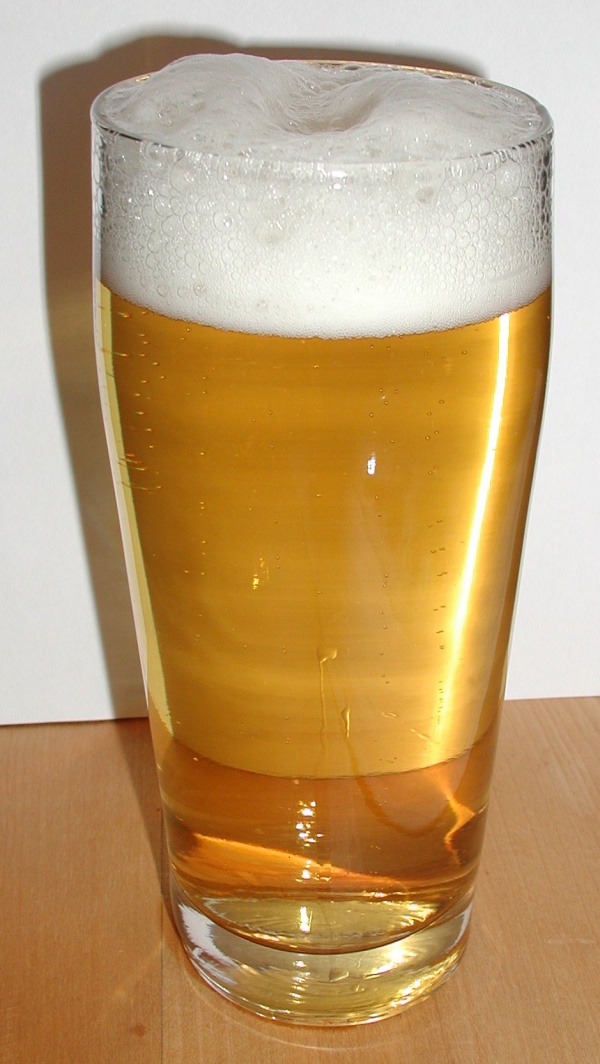Facts About Helles
Helles, often referred to simply as "Hell" is a classic German pale lager that enjoys notable popularity in Southern Germany, with Munich serving as a central hub. The word "hell" in German translates to "bright" "light" or "pale" aptly describing the beer's appearance. Helles beers are renowned for their full-bodied yet mildly sweet flavor and light color, with just a hint of bitterness. They are usually clear due to filtration, although you might occasionally encounter unfiltered versions.
This beer style is crafted using bottom-fermenting yeast and bitter hops, such as Hallertau hops, with an alcohol content that typically ranges from 4.5% to 6%. Compared to pilsners, Helles beers have a more restrained hop flavor.
Historically, Helles was the go-to beer in German-speaking regions. However, starting in the 1960s, it began to lose ground to the more bitter Pilsner-style beers as preferences shifted. Recently, Helles has been making a resurgence, especially in places like Berlin. It also remains a favorite in Southern Germany, particularly in regions like Bavaria, Franconia, and Baden-Württemberg.
Helles may be referred to by various names, such as "Spezial" "Landbier" "Munich Lager" or "Export." While there is no strict difference between "Lager" and "Export" Export beers generally have a slightly higher alcohol content to enhance their longevity.
Some standout examples of Helles beers include Andechser Hell, Augustiner Bräu Lagerbier Hell, Hacker-Pschorr Münchner Helles, Hofbräu München Original, Löwenbräu Original, and Weihenstephaner Original.

 Austria
Austria